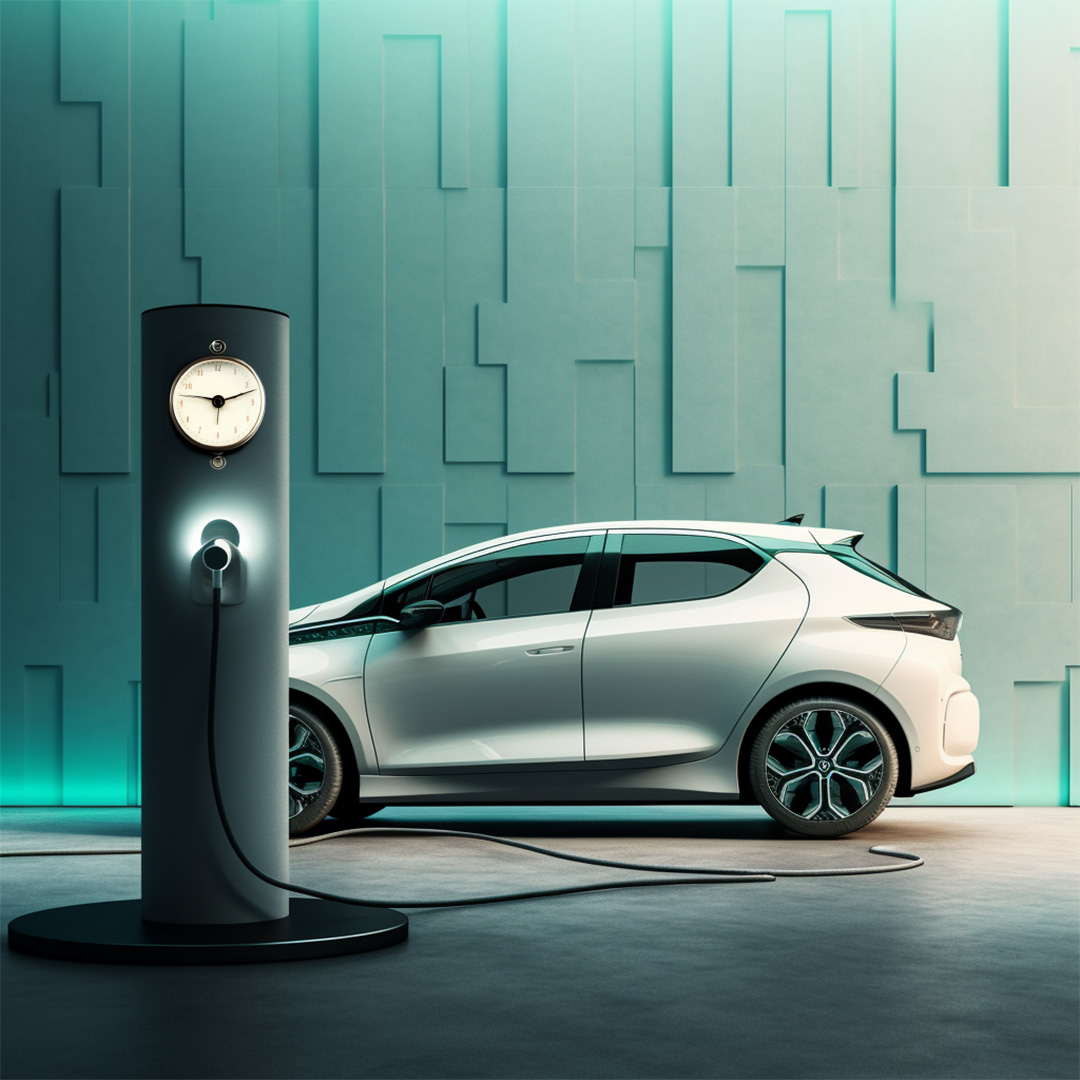Electric driving is the future. But as the popularity of electric vehicles (EVs) continues to grow, innovators are seeking ways to make charging these vehicles more efficient and user-friendly. One of the most exciting developments in this space is the concept of charging EVs through the road surface itself. But how exactly does this work, and what does it mean for the future of electric driving?
From charging stations to inductive road surfaces
Traditionally, EV drivers rely on charging stations to power their vehicles. But what if you could charge your car while driving? That's the idea behind charging through the road surface. Instead of stopping and waiting for your car to charge, you can simply continue driving and charge your car on the go.
Pioneers in the technology
Sweden is at the forefront of this technology. As early as 2018, the country opened the world's first electrified road that charges vehicles as they drive over it. And in 2023, Sweden announced it is working on building the world's first permanent electrified road for EVs to charge while driving. Experiments are also underway in America and the United Kingdom. Along the A35 motorway between Milan and Brescia in Italy, the Arena del Futuro was inaugurated, a 1050-meter-long circuit for testing inductive charging while driving.
How does it work?
The technology behind charging through the road surface is based on inductive charging. This means there's no physical connection needed between the car and the charger. Instead, electricity is transferred via magnetic fields. Special coils in the road surface generate these fields, and vehicles with compatible receivers can pick up this energy and convert it into electricity to charge their batteries.
Benefits and challenges
The most significant advantage of this technology is clear: convenience. EV drivers don't need to stop to charge, making long journeys easier and more efficient. Moreover, this kind of infrastructure can help reduce the strain on traditional charging stations.
However, there are also challenges. Implementing such technology on a large scale can be expensive and requires significant infrastructure investments[^1^]. Additionally, there are technical challenges to overcome, such as ensuring efficient energy transfer and ensuring compatibility with various vehicles.
The future of car charging?
Charging EVs through the road surface is an exciting development that could change the way we think about electric driving. While countries like Sweden are leading the way in this technology, it's only a matter of time before other countries follow suit. For EV drivers, this means a future where charging is easier and more convenient than ever before.





